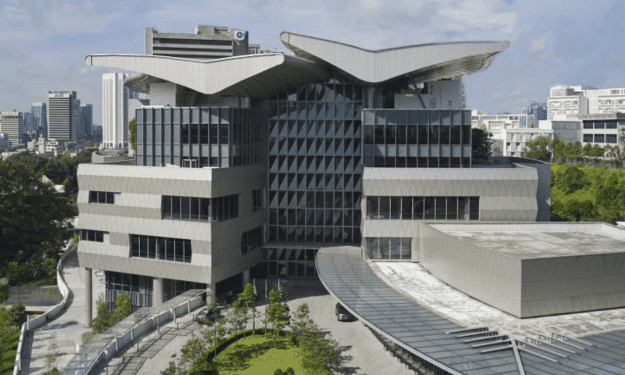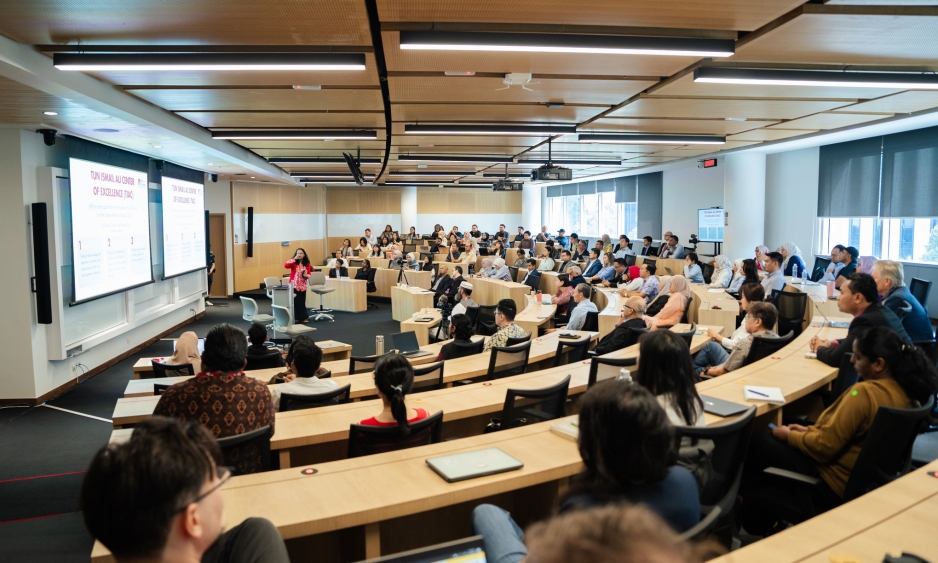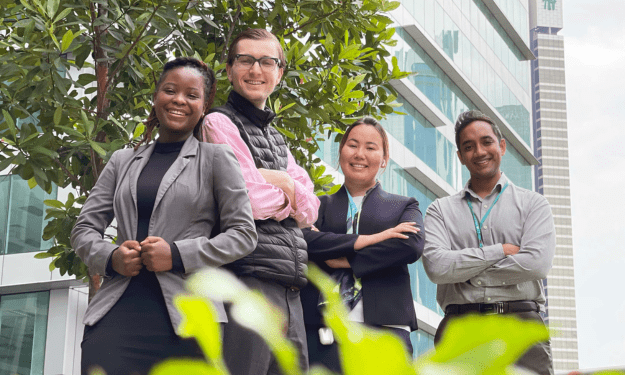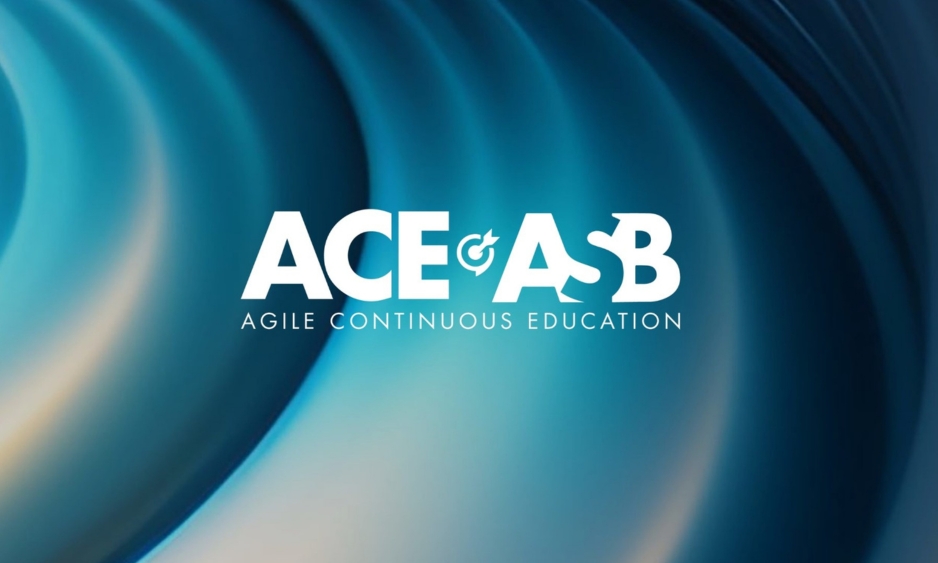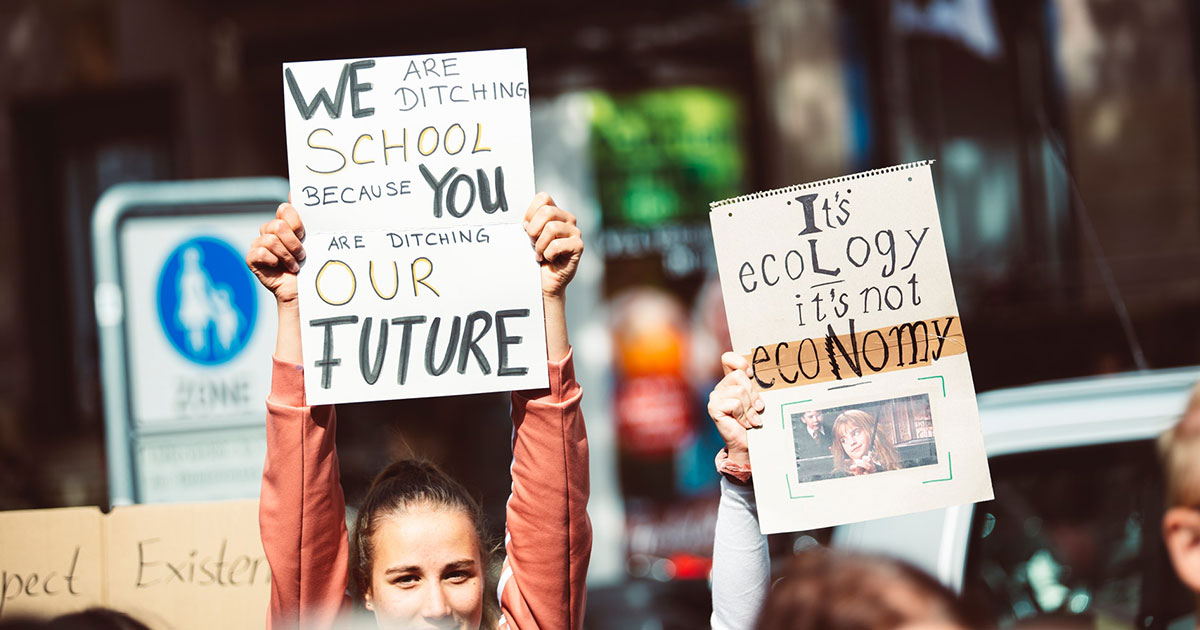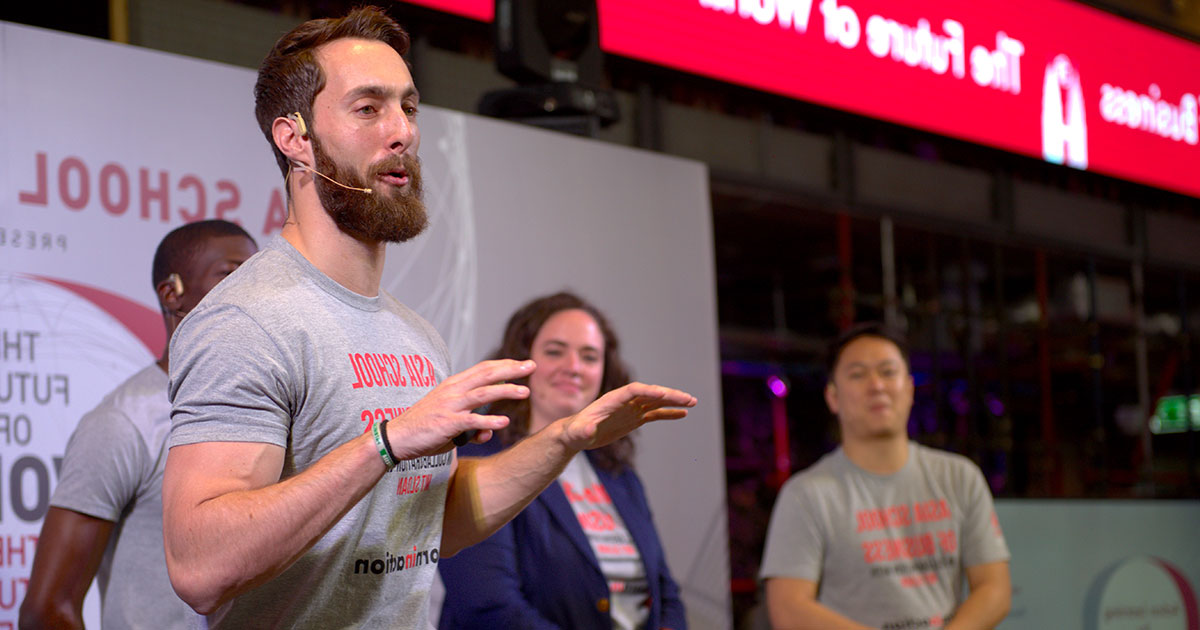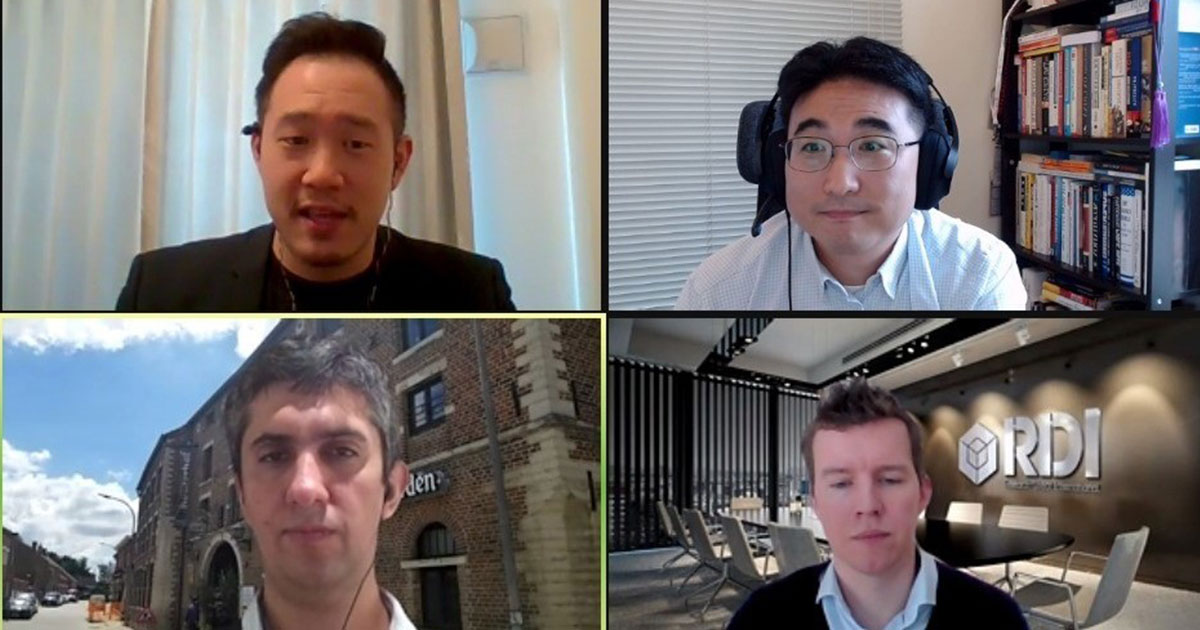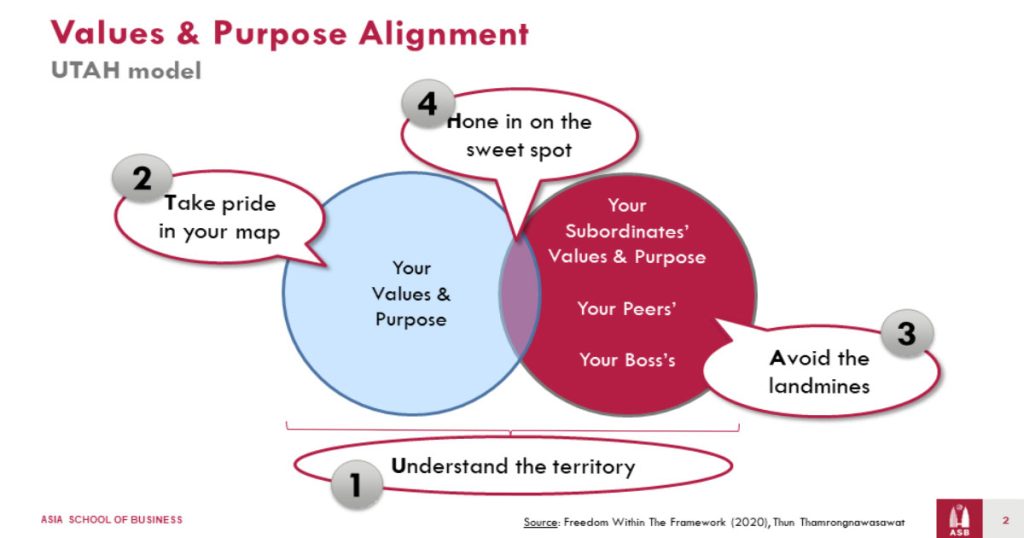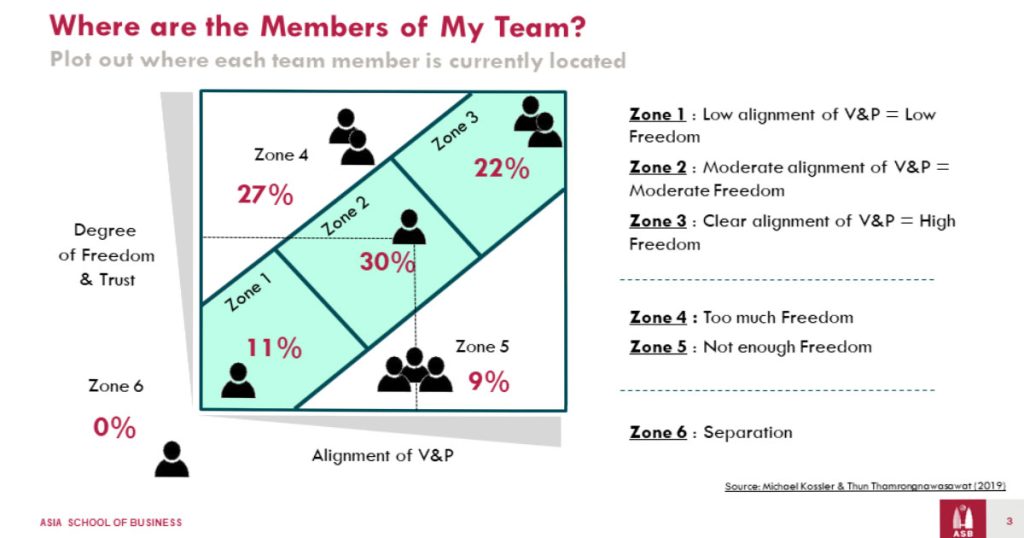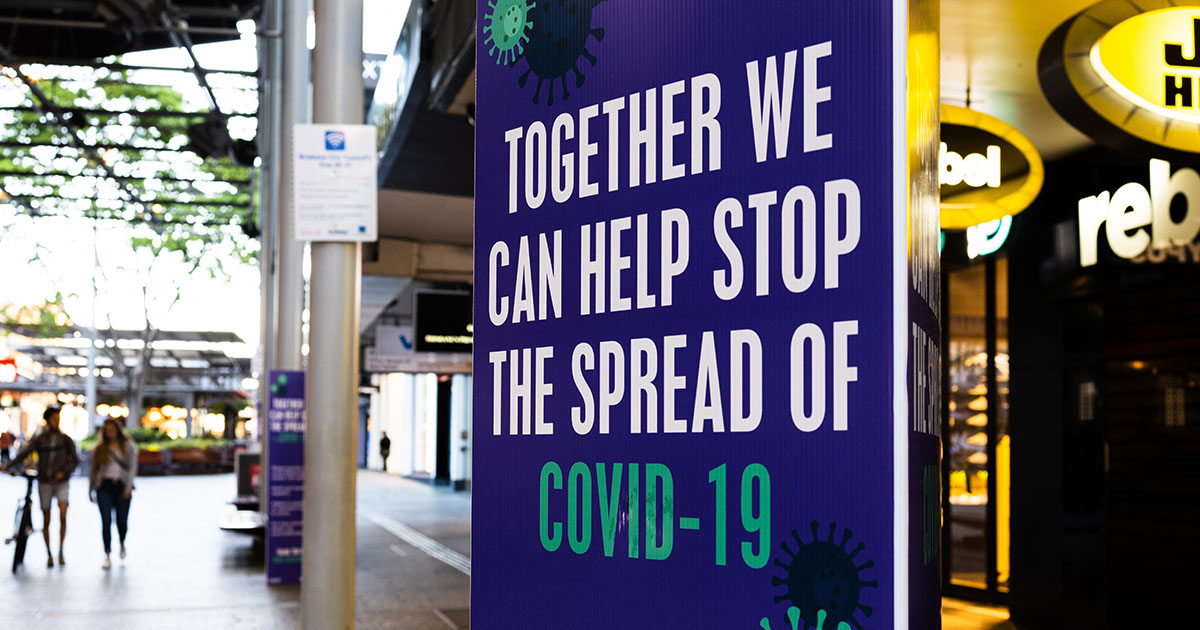For business leaders, it could take something as simple as checking a mobile notification in the morning to be alerted to a news story 5,000 miles across the world. But, to truly understand the mechanics of what lies behind a headline and the implications it has on a firm’s business – we have to go above and beyond the morning news recap.
At the Asia School of Business, Professor Renato Lima de Oliveira is someone who’s devoted a better portion of his life to the study of political economy and non-market strategies in international business. Or, to put it simply, the study of how the law and government interacts with and impacts businesses, and how economic theories such as varieties of capitalism play out in the real world.
“Globally, international trade has increased and foreign direct investment has increased – in doing business, we are more exposed to events outside our home countries that can affect how we operate. This type of risk, from political decisions, has increased,” says Prof Renato, emphasizing the importance of the subject for every business leader.
Prof Renato has always held a keen interest in political economy, with a special focus on energy, industrial and innovation policies, and government accountability. He has also worked as a consultant for energy, environment, and politics, including assignments for the Ministry of Energy of Mexico and the World Bank.
As a PhD holder from MIT in Political Economy and Comparative Politics, Prof Renato teaches Political Economy not only as a subject in ASB’s MBA program, but also in an executive education short course called Navigating Political Dynamics in International Business under ASB’s Iclif Executive Education Center.
Gaining A Firsthand Understanding of the Political Landscape
“Growing up in a large emerging market such as Brazil was a constant reminder of how economic policies could change overnight,” explains Prof Renato, as he describes his beginnings in the field of political economy. “This includes how political instability can affect exchange rates and business plans, and how state companies could pursue investment decisions not on the basis of market return but rather on political expediency.”
Prof Renato has also had first-hand experience delving into political issues working as a business reporter in Brazil prior to his academic pursuits. It was during the pursuit of his PhD that Prof Renato then acquired the frameworks and tools necessary to capture the complexities and dynamics of international business and political risk – lessons that have become the bedrock of his courses today.
Navigating Politics is Essential for the Modern Leader
How does this apply to current issues and situations that modern-day leaders might find themselves in? Prof Renato gives a few examples of situations where understanding the political dynamics and the impact of the state on business might be critical: “Is your line of business classified as an essential service that would be able to operate during a lockdown?”
“Will you need to restructure your supply chain in order to deal with government restrictions to imports or in order to escape from newly-imposed tariffs?” “If you are an exporter (such as ASEAN rubber glove and palm oil companies) facing export restrictions to the US due to alleged violations of labor practices, how will you approach the situation?”
Prof Renato goes on to illustrate that these questions are just some of the examples that would affect businesses in countries in the ASEAN region, and spill over to the US and the UK. Whether you’re a C-suite executive, manager, director, or business owner – having insight into the political landscape of your country and the countries your suppliers and stakeholders operate in can make all the difference between business success and failure.
“To just comply with local laws is not enough when the world is your marketplace – consumers, investors, NGOs and even governments may pressure companies to change their behavior.” “Politics is not only a source of risk, but also of opportunity. If you can identify these opportunities, they become a source of competitive advantage,” emphasizes Prof Renato.
The Challenges of Understanding Political Forces at Work
Prof Renato argues that one of the biggest challenges for businesses is understanding the risks and rules of the political risk in international business. In the World Bank’s Global Investment Competitiveness Report 2017/2018, a groundbreaking survey of 750 top executives found that political stability, security, and macroeconomic conditions .
In addition to a business-friendly legal and regulatory environment is the key driver of investment decisions, ahead of market size, available talent and labor force, infrastructure, and tax rates. Yet being politically-savvy is a skill that is not easily acquired. “The business and the policy world speak different languages, operate according to different incentives and timelines, and are staffed with people who come from different backgrounds,” Prof Renato explains.
According to him, the way companies deal with that mismatch is to hire government affairs professionals who will lead the advocacy work on behalf of the company. “However, unless the C-suite is involved, such professionals will just be reactive (instead of proactive) to adverse events, with lower efficacy and being late in bringing solutions to the table.”
The IA3 Framework: A Tool to Map Non-Market Strategies
To avoid this from becoming reality, Prof Renato recommends a proactive and collaborative course of action, requiring the buy-in of top management as well. Mapping out a company’s non-market environment can be done with one of the tools he teaches in his classes called the (IA) 3 framework, developed by David Bach and David Allen.
While it might be normal for businesses to analyze their surroundings and success in terms of competition, customers, supplies, etc. – this framework helps companies to take into account non-market forces and develop a strategy for dealing with governments, other regulators, activists, society at large, and other non-market stakeholders.

In short, the (IA)3 framework is a way to understand the driving force behind an event and a roadmap to develop a nonmarket strategy. “Take for example a situation where a country is lagging behind in the adoption of renewable energy because it does not provide good fiscal incentives or flexible regulations. If you’re in this business and want to grow faster, there needs to be legislative changes.
You, as head of the company, need to understand who to engage with (the Actors, or regulators and politicians), identify the potential allies and how to influence them,” explains Prof Renato. “What are the Information and Assets that your company brings to the table that you can use for your cause? Think scientific studies, evidence-backed reports, amounts of potential jobs generated if changes are approved.
It’s now up to your company to figure out what are the Interests of the relevant Actors and in what Arena (through the media, through lobbyists, and so on) you need to engage in order to pursue your cause of driving solar energy adoption, for example.” This structured way of thinking about politics and business helps companies to formulate market strategies and understand current events.
“Despite Donald Trump’s rhetoric and pushback on environmental policies, green energy sources continued to grow in the US, in part driven by state mandates and the phenomenal cost-competitiveness of renewable energy that are making them the most economical source of new energy,” Prof Renato says.
“What Biden’s energy plan can do is to have better coordination of federal and state policies and speed up the transition, aligning incentives. Specifically, it is committing to achieve a 100% clean energy economy and net-zero emissions no later than 2050. However, the O&G industry in the U.S. is phenomenally strong and provides lots of local benefits too. They are not sitting idle; we have seen strong advocacy for a delayed transition.”
Navigating Politics With ASB
If you aspire to be in a position of managing or investing your companies’ efforts in different countries, participating in a course such as Prof Renato’s Navigating Political Dynamics in International Business Executive Education is an added weapon to your arsenal. “When you are in charge of running an established operation, you may do well just by looking inward, trying to optimize internal processes, taking care of your human resources, making your production leaner,” Prof Renato emphasizes.
He continues: “However, when you get to the position of deciding where to invest, and who to partner with, knowledge of politics and how it interacts with the business world is fundamental. If you see yourself taking a leadership position, you should take this course.” Pursuing an ASB education in the heart of the Southeast Asian ecosystem also provides for rich case studies and numerous opportunities to acquire nuanced regional knowledge.
“Both Asia and Latin America are fascinating places to study. There is a lot of variability in political Dynamics in ASEAN which gives rise to a lot of risks.” “Asia and the emerging world is growing in importance on a global scale. Many investments come from Asia and it’s an important part of the global supply chain,” he emphasizes.
Students undergoing the Navigating Political Dynamics in International Business Executive Education course will also benefit from being in the presence of not just a diverse syllabus, but diverse peers from around the world, possibly sharing their own case studies and war stories from the ground. To begin your journey of political mastery, join globally-recognized ASB faculty member Prof Renato for his Navigating Political Dynamics in International Business Executive Education course.
